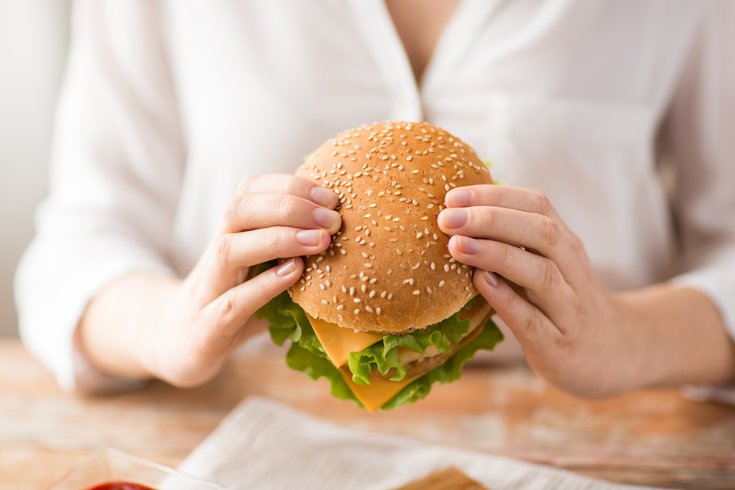
October 12, 2022
 Source/Image licensed from Ingram Image
Source/Image licensed from Ingram Image
High inflammatory diets, particularly those high in meat, oil, sugar and salt, can contribute to menstrual cramps, research shows.
Nearly 90% of adolescent girls experience menstrual pain each month, but few of them seek medical treatments. Many rely on over-the-counter drugs for pain relief, but changes in diet also may help.
High inflammatory diets, particularly those high in meat, oil, sugar and salt, can contribute to menstrual cramps, according to research analysis presented Wednesday at the North American Menopause Society's annual meeting.
Yet, the role of inflammation in menstrual pain is often overlooked.
"Since menstrual pain is a leading cause of school absenteeism for adolescent girls, it's important to explore options that can minimize the pain," said Dr. Stephanie Faubion, medical director of the NAMS. "Something like diet modification could be a relatively simple solution that could provide substantial relief for them."
Diets high in omega-3 fatty acids – nutrients primarily found in fish, nuts and seeds – and low in processed foods, oil and sugar are known to reduce inflammation, a key contributor to menstrual pain. However, diets high in omega-6 fatty acids, such as fast food, cake, fatty meats and cured meats, promote inflammation and increase menstrual pain.
Omega-6 fatty acids play an important role in keeping the skin, hair and bones healthy, while also regulating metabolism and increasing blood flow to reproductive organs. But too much of them can cause inflammation.
The reason that inflammation causes menstrual cramps is tied to prostaglandins – bodily compounds that are made of fat and act like hormones. Studies have shown they are active in the inflammatory response and can cause uterine cramping and increased sensitivity to pain.
Before menstruation, the endometrial cells in the uterine lining break down, releasing prostaglandins that cause the uterine layer to contract and rid the uterus of unused tissue, according to Everyday Health. The more prostaglandins in the body, including those brought in via diet, the more severe the cramps.
The researchers found that people on a vegan diet, which excludes all animal fat, have the lowest rates of inflammation.
"Learning about different foods that increase and decrease inflammation, which subsequently increase or reduce menstrual pain, revealed that diet is one of the many contributors to health outcomes that is often overlooked," said researcher Serah Sannoh, who conducted the research while an intern at Rutgers University's medical school and is now a medical student at Temple University. "I am hopeful that this research can help those who menstruate reduce the pain they experience and shed light on the importance of holistic treatment options."
A 2018 study found college students who ate more snacks had more pain during their periods, and a 2020 study found women who consumed fewer than two servings of fruit a day were more likely to experience menstrual pain.
Some studies also have shown that women who took omega-3 fatty acid supplements were able to use less ibuprofen to dull the pain during their monthly cycles.
To follow an anti-inflammatory diet, the Cleveland Clinic suggests people avoid sweets, sugary beverages, fried food, salty snacks and processed meats and cheeses. Instead, people should consume more whole foods, such as brown or wild rice, lean meats and fish, and oats, nuts and seeds.
Other holistic approaches to menstrual pain include taking a hot bath or using a heating pad. Some women also find relief through acupuncture treatment. Doctors emphasize that people with severe cramps get evaluated to rule out a medical condition, like endometriosis or uterine fibroids, as the root of the pain.